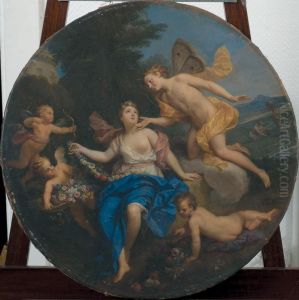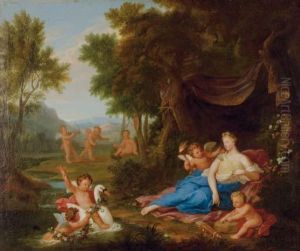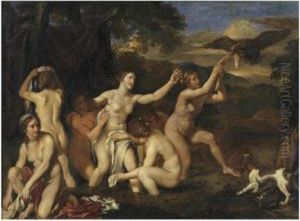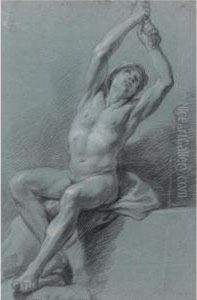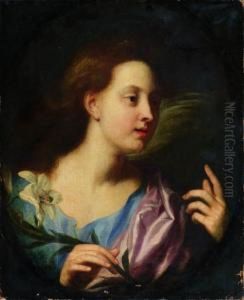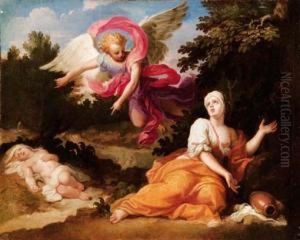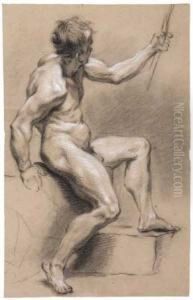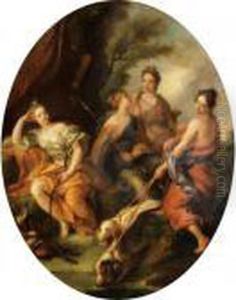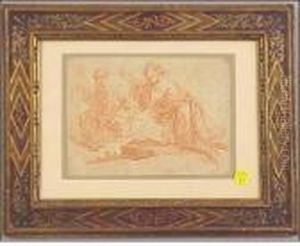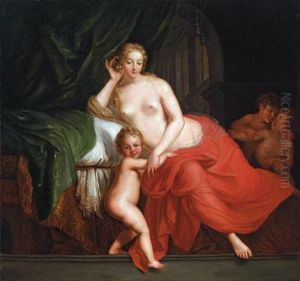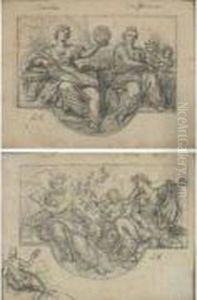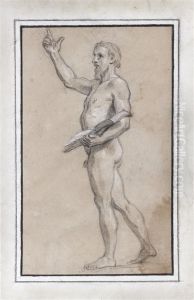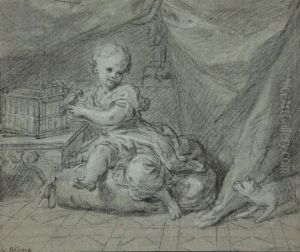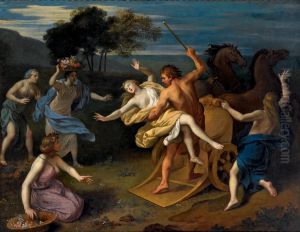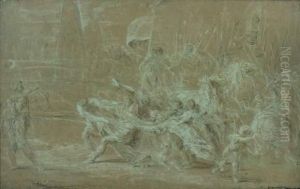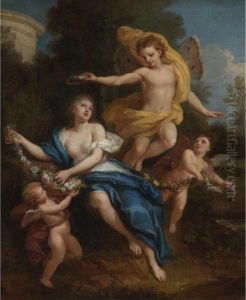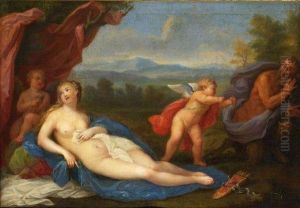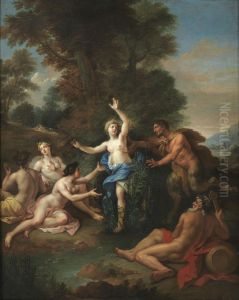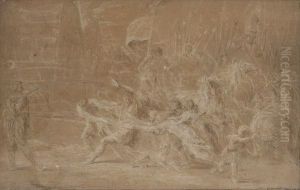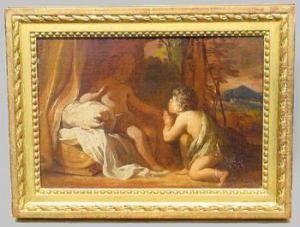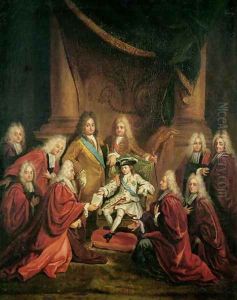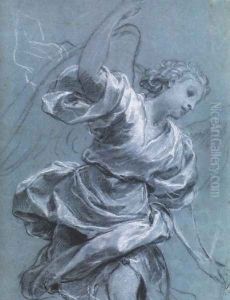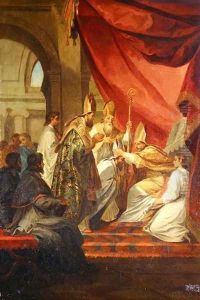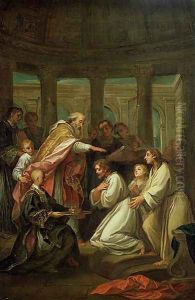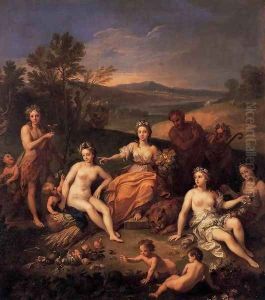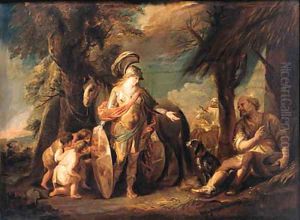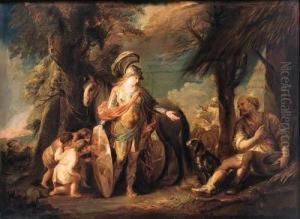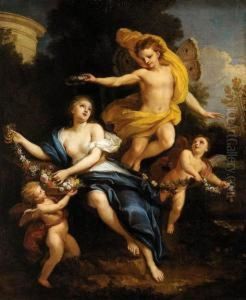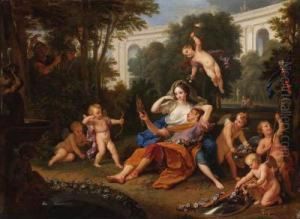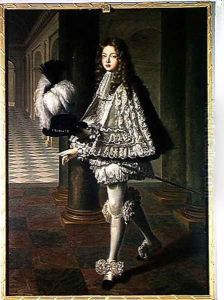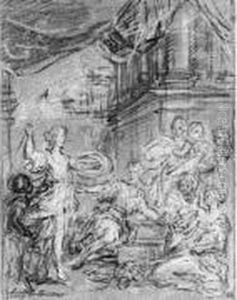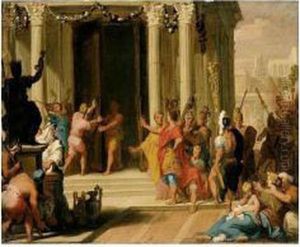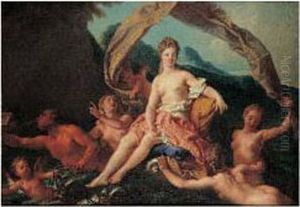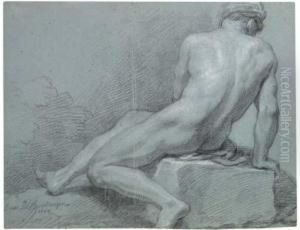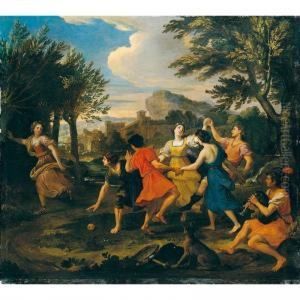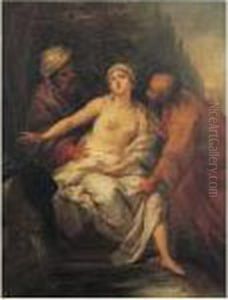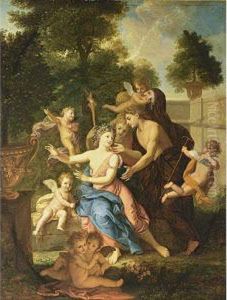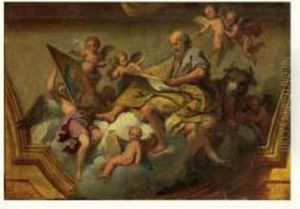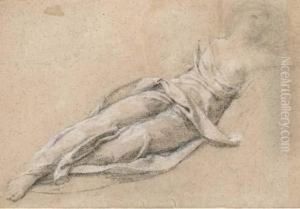Louis de, the Younger Boulogne Paintings
Louis de Boulogne the Younger, born in Paris in 1654, was a prominent French painter and a member of the well-known Boulogne family of artists. His father, Louis de Boulogne the Elder, and his mother, Marie de Boulogne, were both painters, providing young Louis with an artistic environment from the outset. He also had siblings who were accomplished in the arts, including his brother Bon and sister Geneviève, making the Boulonnes a dynasty of painters during the late 17th and early 18th centuries in France. Louis de Boulogne the Younger was admitted to the Royal Academy of Painting and Sculpture in 1675 and won the prestigious Prix de Rome in 1677, which allowed him to study in Rome at the French Academy. His time in Italy had a significant influence on his style, as he was exposed to the works of the great Italian masters. After returning to France, he became a full member of the Academy in 1681 and later served as its director. Throughout his career, Louis de Boulogne the Younger produced a number of religious and mythological paintings. He was particularly noted for his grand compositions and his ability to convey drama and emotion through his work. Despite his success, he did not gain the same level of fame as some of his contemporaries, such as Charles Le Brun or Nicolas Poussin, but he was still a respected figure in the French art world of his time. Louis remained active in the Academy until his death in Paris in 1733.
